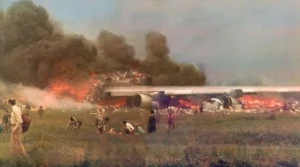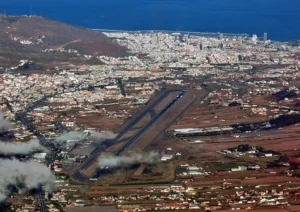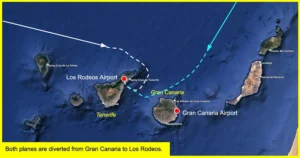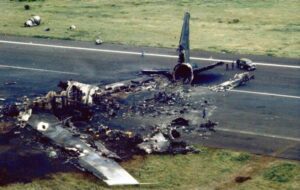On a fateful day in 1977, an incident occurred at the Tenerife Airport in the Canary Islands that would leave an indelible mark on aviation history. The collision of two Boeing 747s, also known as the Tenerife Airport Disaster, stands as the deadliest accident ever recorded in the realm of aviation. This article aims to shed light on the factors that contributed to this catastrophic event, helping readers understand the significance and complexity of the incident.








1. Setting the Stage:
The Tenerife Airport Disaster took place on March 27, 1977, when a combination of foggy weather and miscommunication led to the collision between KLM Flight 4805 and Pan Am Flight 1736. This tragic event resulted in the loss of 583 lives, forever changing the course of aviation safety regulations.
2. Weather Conditions and Runway Congestion:
Dense fog blanketed the airport, severely impairing visibility and creating challenging conditions for pilots and air traffic controllers alike. The Tenerife Airport’s relatively small size exacerbated the situation, as it caused both runways to be utilized simultaneously for takeoffs and landings.
3. Erroneous Communication:
Due to poor visibility, accurate visual communication between the control tower and the aircraft was compromised. Misinterpretations and misunderstandings in the radio transmissions played a pivotal role in the ultimate tragedy. The KLM and Pan Am pilots and air traffic controllers were working under immense pressure, leading to severe miscommunication that would prove fatal.
4. Breakdown in Decision-Making:
A series of unfortunate events contributed to a breakdown in decision-making. As a result of the fog, one of the aircraft requested instructions to taxi down the runway while the other was still on it. Due to confusion and pressure, this request was misunderstood, and the clearance was prematurely given, leading to the fatal collision.
5. Consequences and Industry Impact:
In the aftermath of the Tenerife Airport Disaster, numerous safety improvements were implemented worldwide. These included enhanced communication protocols, the development of clearer linguistic and standard phraseology, and advancements in aviation technology. The incident served as a catalyst for significant industry-wide revisions and shaped modern aviation safety standards.
Conclusion:
The Tenerife Airport Disaster remains etched in history as a sobering reminder of the importance of communication and decision-making in aviation. This tragic accident led to critical changes in air traffic control procedures, fostering a safer environment for millions of air travelers worldwide. Understanding the events of that day allows us to reflect on the significance of aviation safety standards and reinforces our commitment to ensuring such incidents are never repeated.
Note: While it is important to cover the details comprehensively, please note that this article is intentionally concise to fit within the format of your blog. Adjustments can be made as necessary.

